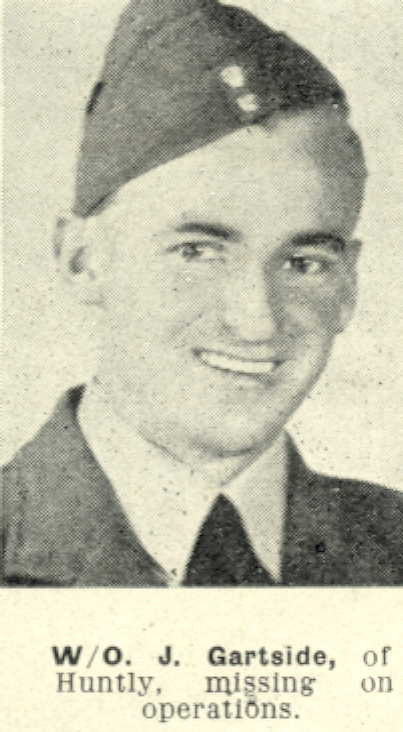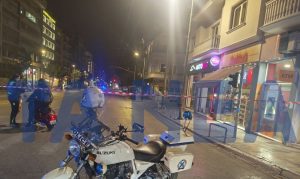A Royal Australian Air Force (RAAF) bomber lost during World War II has been discovered at the bottom of the Aegean Sea, resolving an 82-year mystery and offering long-awaited closure to the families of its multinational crew.
According to the Australian Ministry of Defense, the wreck of the Baltimore bomber FW282, operated by RAAF’s No. 454 Squadron, was found by Greek deep-sea exploration team AegeanTec off the island of Antikythera, submerged 61 metres below the surface. The aircraft went missing on December 3, 1943, during a mission over the Aegean and had remained lost ever since.
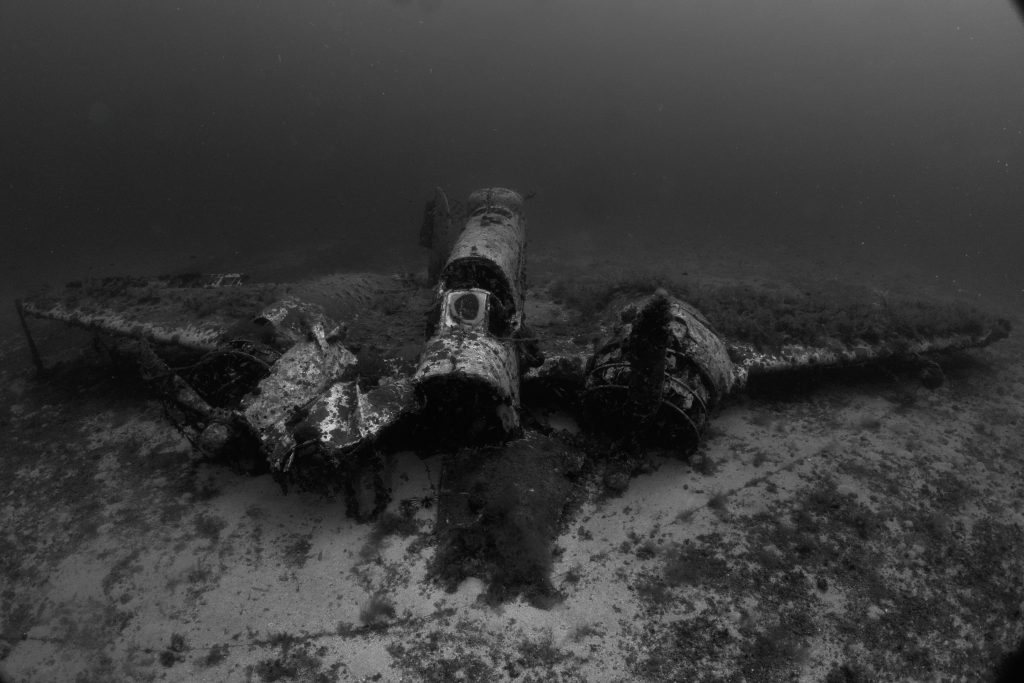
The wreck site of No 454 Squadron Royal Australian Air Force Baltimore FW282, which was shot down during the conduct of a maritime reconnaissance mission on 3 December 1943. The wreck was located by AegeanTec in July 2024, with confirmation of the identity of the aircraft made in December 2024. Australian Ministry of Defense.
Baltimore FW282 was returning from a combat mission over the Aegean on December 3, 1943, when it was intercepted by German fighter aircraft and heavily damaged. As the plane ditched into the sea, FLTLT Horsley was knocked unconscious and awoke in a flooding cockpit. He managed to escape and swim to shore but never saw the rest of his crew again.
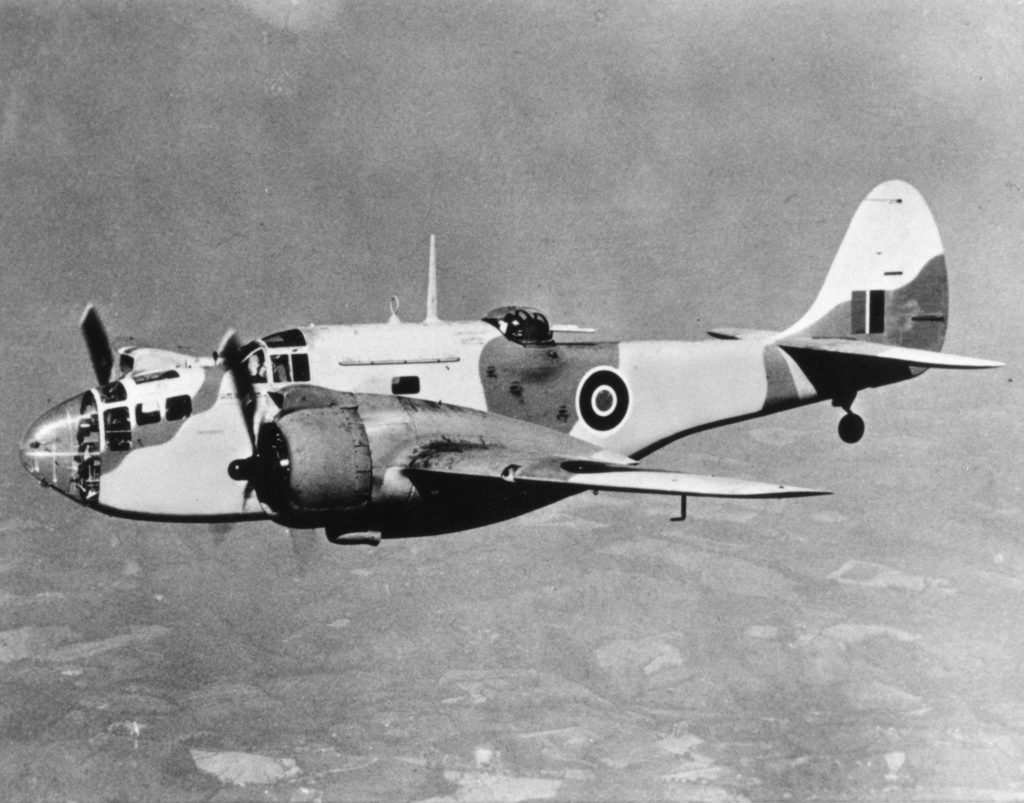
Martin Baltimore in flight. The A30-model 187 Martin Baltimore Marks I to V aircraft were built for maritime reconnaissance and light bomber roles. They were used in the Middle East and Italy during the Second World War by the Royal Australian Air Force, Royal Air Force and allied air forces. Australian Ministry of Defense.
The discovery confirms the final resting place of three missing crew members from Australia, New Zealand, and the United Kingdom, whose fates were previously unknown:
- Flight Lieutenant Leslie Norman Row (Navigator, Royal Air Force Volunteer Reserve, UK)
- Pilot Officer Colin William Walker (Wireless Operator/Air Gunner, RAAF, Australia)
- Warrant Officer John Gartside (Wireless Operator/Air Gunner, Royal New Zealand Air Force, NZ)
The pilot, Flight Lieutenant William Alroy Hugh Horsley of the RAAF, survived the crash after being knocked unconscious and later captured by German forces. He spent the remainder of the war in a German POW camp.
“A Significant Discovery”
RAAF Chief of Air Force, Air Marshal Stephen Chappell, hailed the find as “significant,” noting its emotional and historical importance.
“This discovery offers the chance to provide closure to families,” Chappell said. “The efforts of groups such as AegeanTec are critical in accounting for those 3,143 Australian aviators with no known grave from WWII and the Korean conflict.”
He added that the announcement was made in collaboration with his counterparts from the RAF and RNZAF to honour the multinational crew’s bravery and sacrifice.
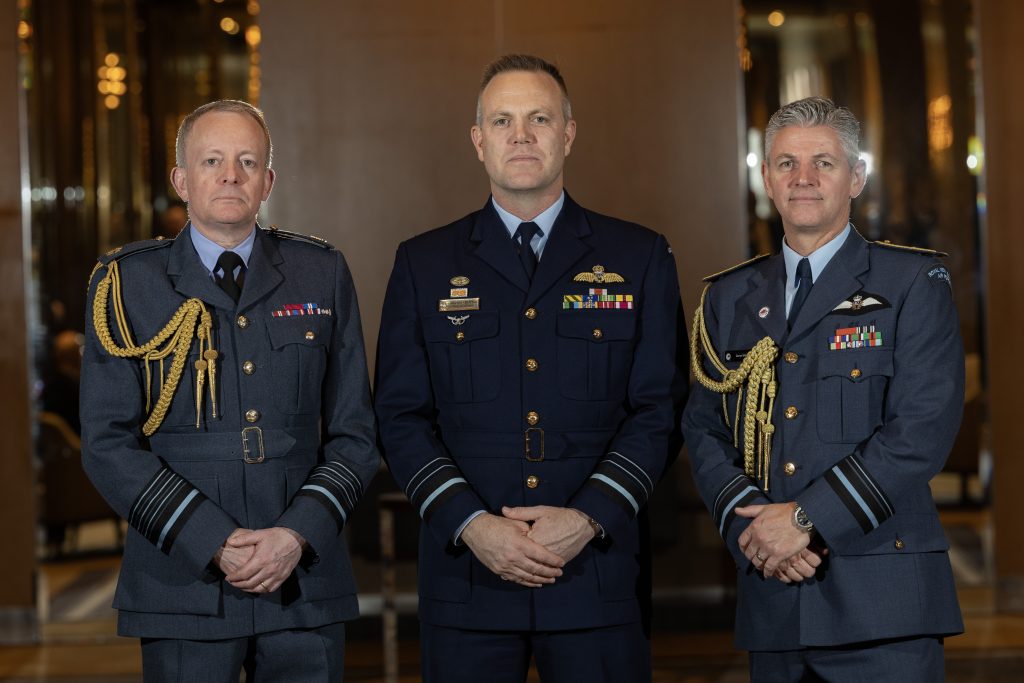
Pictured together following the announcement of the find of a lost Second World War Royal Australian Air Force Baltimore bomber, carrying aviators from the UK, Australia and New Zealand are the Chiefs of the British, Australian and New Zealand Air Forces. Left to right, Air Chief Marshal Sir Richard Knighton, KCB ADC Chief of the Air Staff, Royal Air Force, Air Marshal Stephen Chappell, DSC, CSC, OAM Chief of the Royal Australian Air Force, and Air Vice-Marshal Darryn Webb MNZM, Chief of the Royal New Zealand Air Force. Australian Ministry of Defense.
RAF Chief of the Air Staff, Air Chief Marshal Sir Richard Knighton, called the discovery a reminder of the deep bond between the three allied air forces.
“It’s an honour to acknowledge the bravery of the multinational crew,” Knighton said. “Their sense of duty inspires future generations of all of our Air Forces.”
RNZAF Chief of Air Force, Air Vice-Marshal Darryn Webb, expressed gratitude to AegeanTec and spoke of the discovery’s emotional significance for New Zealand families.
“This will bring some sense of closure,” Webb said. “We can now honour their final resting place with the respect they deserve.”
Following discussions between the RAAF, RAF, and RNZAF, it was agreed there would be no further recovery efforts at the wreck site. However, the RAAF will coordinate a memorial service to formally honour the fallen crew members.

